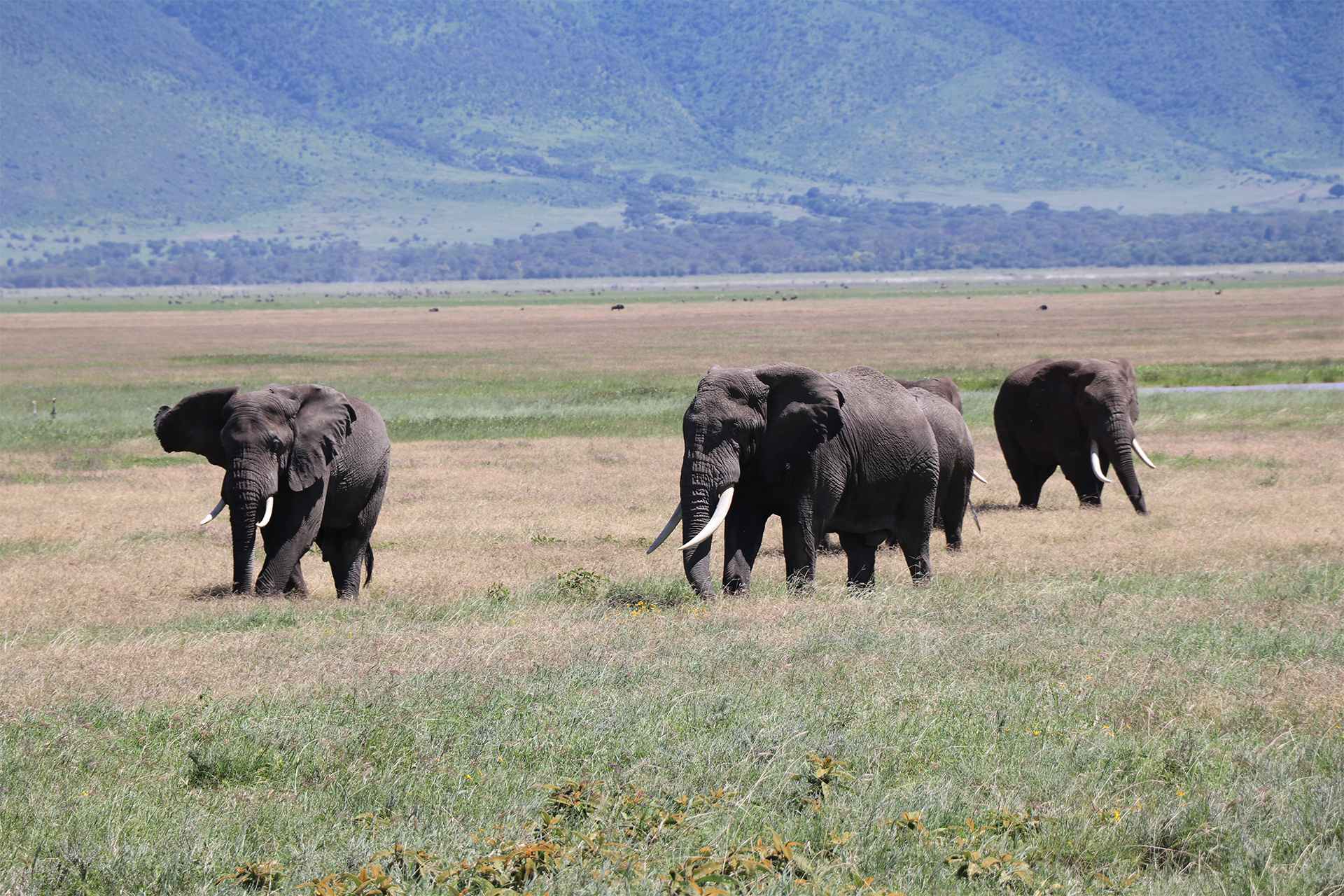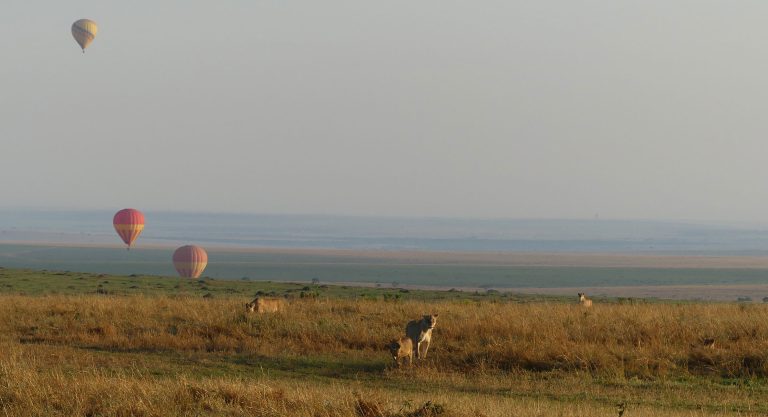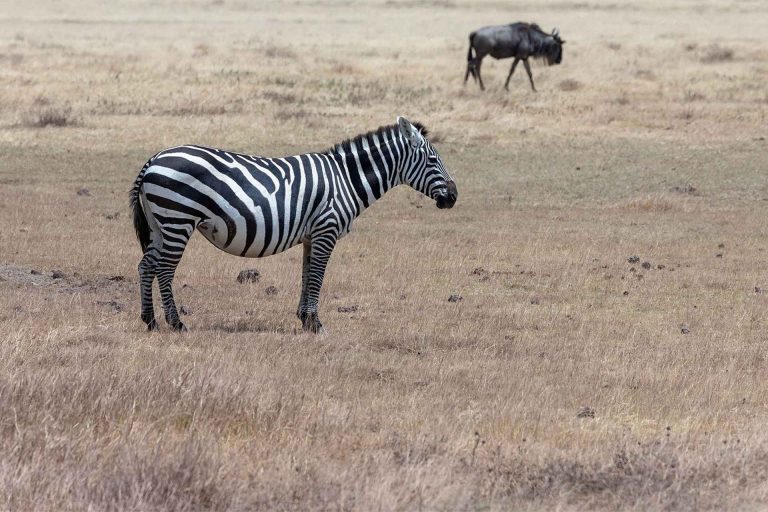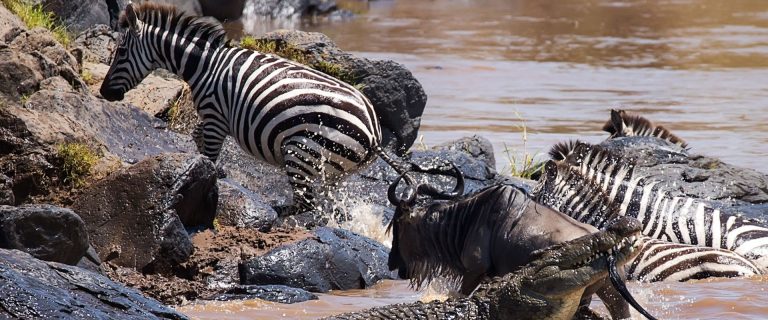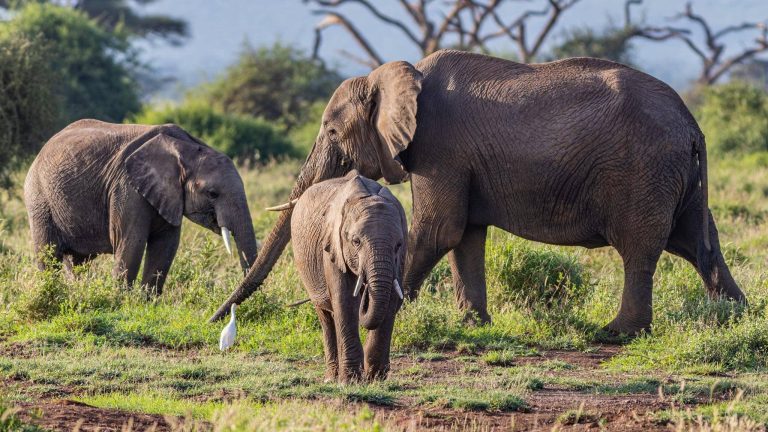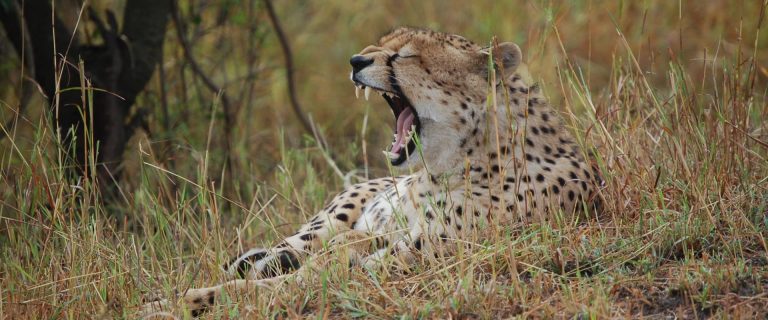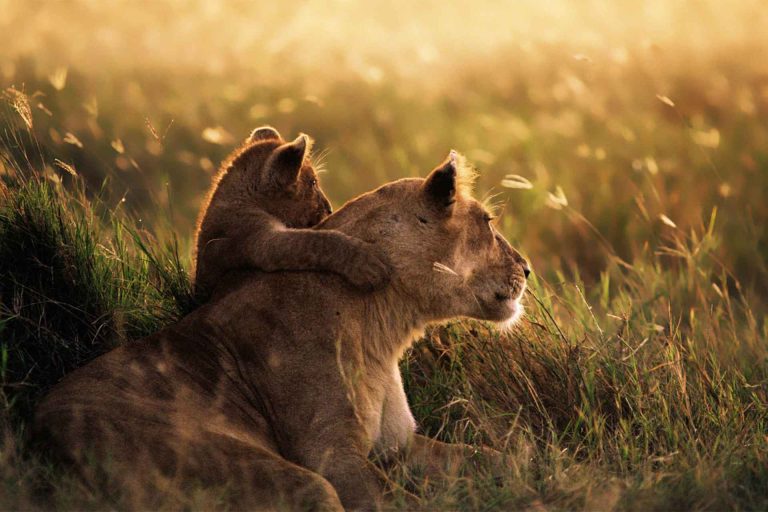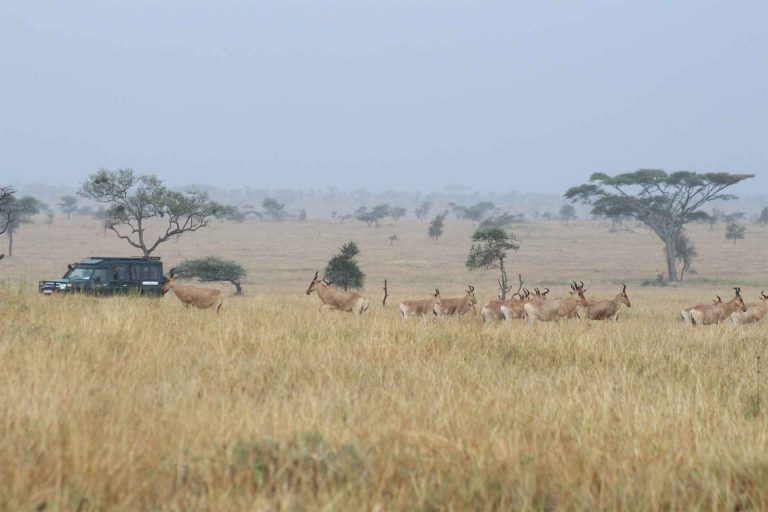Ngorongoro Crater
- Home
- Destinations
- Ngorongoro Crater
NGORONGORO CRATER
The Ngorongoro Crater is within the Ngorongoro Conservation Area, an incredible area: steeped in history from archeological finds at the Olduvai Gorge, Empakai crater hikes, and breathtaking scenery from the Rift Valley Highlands. The Crater itself is a UNESCO World Heritage Site as it is the world’s largest, intact (but inactive) volcanic caldera. It also boasts the highest population of wildlife species per square kilometer anywhere in Tanzania. The Crater is also home to the endangered black rhinoceros and is one of the few remaining places in the world where this ancient creature may be spotted in the wild. A tour of Ngorongoro Crater begins at the crater rim, with breathtaking views of this ancient crater from above, and continues with a game drive within the Crater itself. Visitors experience acacia woodlands and lakes, teeming with bird-life, and plains filled with zebra, antelope, wildebeest, and elands. Visitors are sure to see lions lounging in the tall grass, and enjoy lunch near a pond of hippopotami. From the endless zebra walking dangerously close to the sleeping lion to the rare black rhinoceros, Ngorongoro Crater will leave you with a sense of wonder unlike any other place on earth.
Ngorongoro Wildlife Ngorongoro Crater offers the highest density of animal species in Tanzania. An early morning safari will give you the best chance to spot the reclusive leopard in highlands trees as you approach the Crater. Unique African Big Cats that can be seen here include the catious caracal and serval cats. The small herd of elephants are residents, as they cannot climb up the steep sides of the crater, they can be seen drinking at the lakes or enjoying the shade of the woodlands. Zebra and wildebeest graze on the plains of the Crater floor under the ever-watchful eyes of a pride of lions, who are also residents because hunting is easy in the Crater. Ancient hippos and the endangered black rhino have their homes in Ngorongoro Crater. And a safari lunch near the hippo pond will surely include bird-sightings such as the well-named superb starling and native guinea fowl.
Park Location:
Facts about Ngorongoro Crater
The Ngorongoro Crater is the remnant of the explosion of a huge volcano, which happened two to three million years ago. Being as high as 1,800 meters (5,900 feet) above sea level, this area can be hot in the day with cold highland nights. With its 264 square kilometer (102 square mile) expanse of the Crater floor nested between the steep 610-meter- (2,000-foot)-tall sides of the Crater, it is a must-see destination. Ngorongoro Crater lies in the Crater Highlands of North Tanzania. It is part of the Ngorongoro Conservation Area and is one of the Seven Wonders of Africa. In 1951, in great part thanks to the efforts of Michael and Bernard Grzimek, the Ngorongoro Crater was declared a National Park. The zebra-striped airplane they used to undertake aerial surveys and animal census was a common site over the Crater and neighboring highlands at the time. One of these flights ended in tragedy, when the twenty-five-year-old Michael Grzimek died in a crash. His father Bernard wrote the famous book “Serengeti shall not die” which we strongly recommend to all those travelling in the North of Tanzania.
Wildlife Encounters:
Within the breathtaking expanse of the Ngorongoro Crater, every moment is an opportunity for a remarkable wildlife encounter. As the sun casts its golden glow across the savannah, herds of graceful wildebeests and zebras roam freely, their synchronized movements painting a mesmerizing picture of harmony. Towering giraffes elegantly browse the treetops, while majestic elephants trumpet their presence in the distance. The air is filled with the haunting calls of hyenas and the occasional roar of a lion, reminding visitors of the untamed beauty of the African wilderness. With each turn of the trail, there’s a chance encounter with a cheetah stealthily stalking its prey or a family of playful baboons swinging through the trees. Every wildlife sighting within the Ngorongoro Crater is a testament to the raw splendor and diversity of life thriving within this natural sanctuary.
BEST TIME TO VISIT NGORONGORO CRATER?
The best time to visit Ngorongoro Crater is during the dry season, from June to October, when wildlife viewing is optimal due to sparse vegetation and animals congregating around water sources. This period also offers pleasant weather conditions with clear skies and minimal rainfall, making it ideal for safari experiences and photography. However, it’s essential to note that the dry season coincides with peak tourist season, so the crater may be crowded, particularly from July to September. For those seeking fewer crowds, visiting during the shoulder seasons of April to May or November to December is advisable, although November and December experience short rains that may affect road conditions and wildlife sightings. Birdwatching enthusiasts may prefer the wet season from November to May, when migrant bird species arrive, and the landscape is lush and green, providing a beautiful backdrop for birdwatching activities. Ultimately, the best time to visit Ngorongoro depends on individual preferences, whether prioritizing wildlife viewing, weather conditions, or avoiding crowds.
Still Not Sure What You’re Looking For?
We’re here to help! Chat with us and we can find the perfect trip for you or start creating a custom trip.


